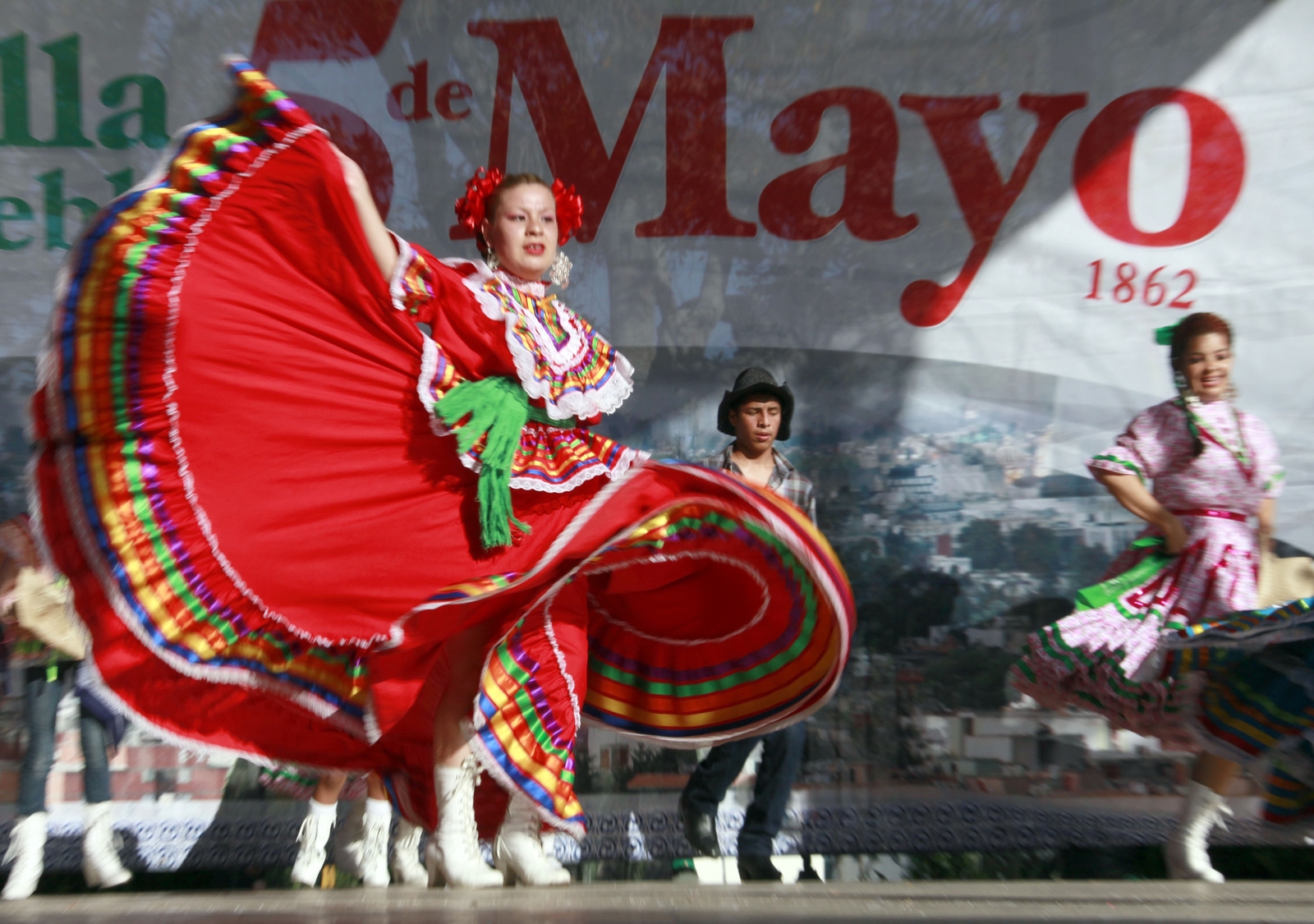The United States is gearing up for Cinco de Mayo. Music, all-day happy hours and deals on tacos are planned at venues across the country on Sunday – May 5 – in a celebration with widely misunderstood origins that is barely recognized south of the border.
In the U.S., the date is largely seen as a celebration of Mexican American culture stretching back to the 1800s in California. Typical festivities include parades, street food, block parties, mariachi competitions and baile folklórico, or folkloric dance, with whirling dancers wearing shiny ribbons with braids and bright, ruffled dresses.
For Americans with or without Mexican ancestry, the day has become an excuse to toss back tequila shots with salt and lime, and gorge on tortilla chips smothered with melted orange cheddar that’s unfamiliar to most people in Mexico.
The focus on drinking and eating has brought some criticism of the holiday, especially as beer manufacturers and other marketers have capitalized on its festive nature and some revelers embrace offensive stereotypes, such as fake, droopy mustaches and gigantic straw sombreros.
What it is
Cinco de Mayo marks the anniversary of the 1862 victory by Mexican troops over invading French forces at the Battle of Puebla. The triumph over the better equipped and more numerous French troops was an enormous emotional boost for the Mexican soldiers led by Gen. Ignacio Zaragoza.
Historical reenactments and parades are held annually in the central Mexico city of Puebla to commemorate the inspirational victory, with participants dressed in historical French and Mexican army uniforms.
What it isn’t
Cinco de Mayo is not Mexican Independence Day, Mexico’s most important holiday.
Mexicans celebrate their country’s independence from Spain on the anniversary of the call to arms against the European country issued Sept. 16, 1810, by the Rev. Miguel Hidalgo y Costilla, a priest in Dolores, Mexico.
Mexico’s president reenacts el Grito de Independencia, or the Cry of Independence, most years on Sept. 15 at about 11 p.m. from the balcony of the country’s National Palace, ringing the bell Hidalgo rang.
The commemoration typically ends with three cries of “¡Viva México!” above a colorful swirl of tens of thousands of people crowded into the Zócalo, or main plaza, in central Mexico City.
This year’s celebrations
May 5 this year falls on a Sunday, an ideal day for many people to relax and enjoy the day. There are celebrations planned across the country, especially in places with large Mexican American populations.
Across the country, bars and restaurants are promoting their Mexican fare and specials including all-day happy hours.
Copyright © 2024 by The Associated Press. All Rights Reserved.





